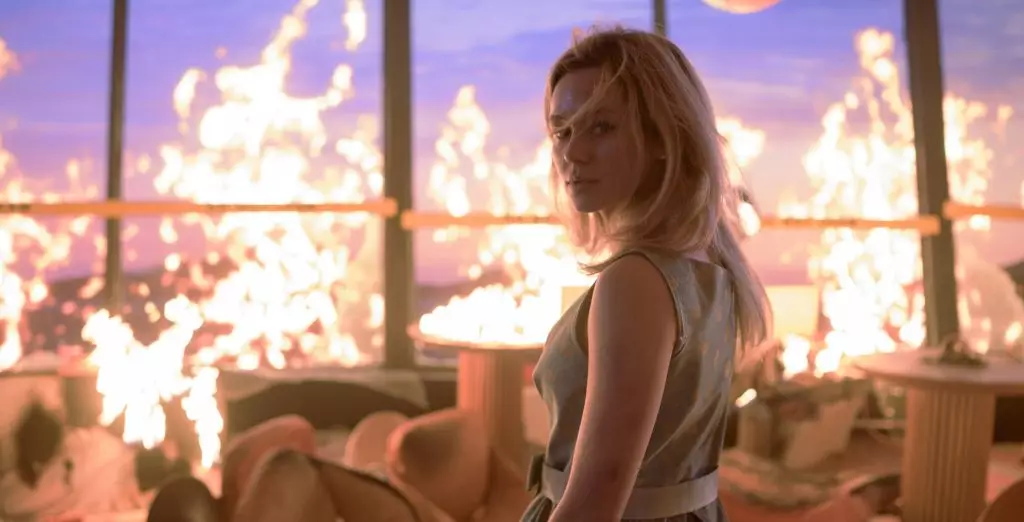In the realm of horror films, it seems every new release attempts to outdo the previous one, and New Line Cinema’s latest installment, “Final Destination: Bloodlines,” does just that. The film shattered expectations by raking in $4.6 million during its Thursday night previews. This figure, notably just $100,000 shy of the record set by “Sinners,” suggests that audiences are starved for thrilling content. It reflects an insatiable appetite for horror, one that studios like Warner Bros. are beginning to recognize as both a risk and an opportunity. The numbers indicate a robust interest, causing some critics to question whether the horror genre is experiencing a renaissance after years of uninspired sequels and remakes.
How Reviews Shape Audience Expectations
With a staggering 93% approval rating from critics and a near-equally impressive 90% from audiences on Rotten Tomatoes, “Bloodlines” has become a standout in not only the “Final Destination” series but also the larger horror landscape. This is revealing; positive reviews have a direct impact on a film’s success. They showcase an essential relationship between critics and moviegoers, and in this case, the synergy is palpable. The anticipation has grown like wildfire, leading to optimistic projections of a $35 million to $40 million opening weekend.
Traditional box office predictors, often conservative, seem to underestimate the potency of engaging word-of-mouth. With viewer feedback pouring in, one can surmise that “Bloodlines” might even exceed its forecast, soaring into uncharted territory for the franchise. Viewers are resonating with the film’s fresh take and clever scripting, crafted thoughtfully by Guy Busick and Lori Evans Taylor.
The Historical Context of ‘Final Destination’
Looking back, it’s noteworthy to compare “Bloodlines” to its predecessor from 2011, which opened with just $18 million after a meager $450,000 in midnight previews. This stark contrast illustrates a significant evolution in marketing strategies and audience engagement techniques. The series has matured, and so have audiences. They seek depth beyond mere jump scares. In an age where viewer demands are high, films like “Bloodlines” have a unique opportunity to lead a resurgence in thoughtful horror storytelling.
While “Bloodlines” appears to dominate, the market isn’t devoid of challenges. The simultaneous release of live-action films like “Hurry Up Tomorrow,” which, despite critical disdain, is pulling in mid-single-digit profits, showcases the competitive landscape Warner Bros. must navigate. The contrasts in reception also underline an important truth: horror is a tricky business, and audience tastes can diverge significantly from those of critics.
Implications for the Future of Cinema
With four number-one openings in 2025, Warner Bros. is riding a wave of success unmatched by many of its competitors. The question now turns to the sustainability of such success. As we witness the rise of horror content that expertly blends nostalgia with innovation, will this trend lead to more unique stories or merely a rehash of the same themes? The trajectory of “Bloodlines” will not only shape the future of this franchise but may well influence studios’ approaches toward similar projects moving forward.
In a politically driven entertainment landscape, where narratives often feel constrained by ideologies, it is refreshing to see a studio focus on pure storytelling. “Bloodlines” stands as a testament to the potential for horror to explore deeper societal issues while still engaging with audiences in thrilling ways. This commitment to quality may just signal a turning point for an industry yearning for rejuvenation.

